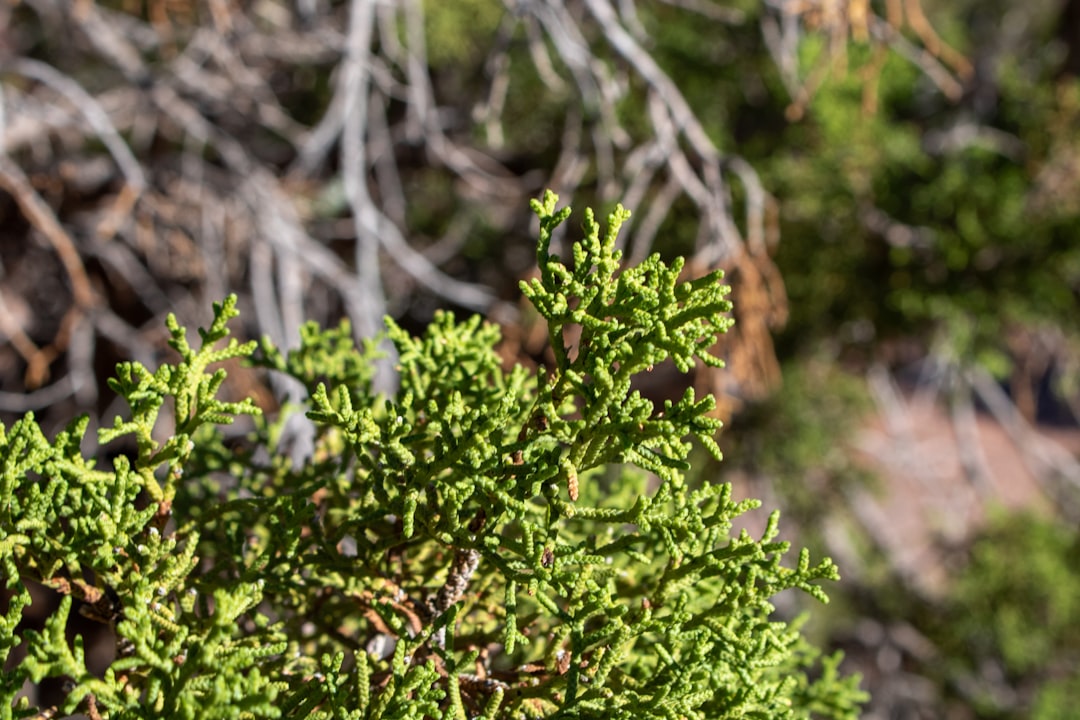Water scarcity is becoming a growing concern in many parts of the world, making sustainable landscaping practices more important than ever. Xeriscaping, a method of landscaping that minimizes water usage, offers a practical solution to this issue while also benefiting the environment and saving homeowners money. Whether you live in an arid climate or simply want to reduce your ecological footprint, xeriscaping provides numerous advantages that make it a smart and responsible choice.
The Role of Xeriscaping in Water Conservation
One of the most significant benefits of xeriscaping is its ability to conserve water. Traditional lawns and gardens often require excessive irrigation, leading to water waste and higher utility bills. In contrast, xeriscaping utilizes drought-resistant plants, efficient irrigation techniques, and soil improvements to maximize water retention and minimize the need for supplemental watering.
-
Reduces Water Usage: Xeriscaped landscapes can reduce outdoor water consumption by up to 50% or more compared to conventional lawns.
-
Minimizes Runoff and Erosion: By using mulch and native plants, xeriscaping helps the soil retain moisture while preventing water runoff and erosion.
-
Protects Local Water Supplies: Reducing the demand for water helps alleviate pressure on municipal water systems, especially in drought-prone areas.
Environmental Benefits of Xeriscaping
Beyond water conservation, xeriscaping contributes to a healthier ecosystem in several ways:
-
Supports Biodiversity: Native and drought-resistant plants provide food and shelter for pollinators, birds, and other wildlife, helping maintain ecological balance.
-
Reduces Chemical Use: Since xeriscaped landscapes require fewer fertilizers and pesticides, they help reduce pollution in nearby water sources.
-
Lowers Carbon Footprint: Traditional lawn maintenance, including mowing and fertilizing, contributes to greenhouse gas emissions. Xeriscaping minimizes the need for gas-powered equipment, reducing carbon emissions.
-
Prevents Soil Degradation: Properly designed xeriscapes protect soil health by preventing erosion and increasing organic matter content through mulching and native plant selection.
Financial Benefits: How Xeriscaping Saves You Money
Switching to xeriscaping can also have significant financial benefits, making it a cost-effective investment for homeowners and businesses alike:
-
Lower Water Bills: By drastically reducing outdoor water use, xeriscaping helps cut monthly utility expenses.
-
Reduced Maintenance Costs: Xeriscaped landscapes require less mowing, fertilizing, and weeding, leading to lower maintenance costs and less time spent on upkeep.
-
Increases Property Value: A well-designed xeriscape enhances curb appeal and can make properties more attractive to environmentally conscious buyers.
-
Eligibility for Rebates and Incentives: Many municipalities offer financial incentives, such as rebates and tax credits, for homeowners who adopt water-saving landscaping practices.
How to Get Started with Xeriscaping
If you’re interested in xeriscaping, here are a few steps to begin transforming your landscape:
-
Assess Your Space: Identify areas where you can replace water-intensive grass with drought-resistant plants, mulch, or hardscaping.
-
Choose Native Plants: Opt for plants that thrive in your region’s natural conditions with minimal water and maintenance.
-
Improve Soil Health: Add organic matter to improve water retention and reduce the need for frequent irrigation.
-
Implement Efficient Irrigation: Use drip irrigation or soaker hoses to water plants directly at the root zone and avoid waste.
-
Use Mulch: Apply mulch to retain moisture, prevent erosion, and reduce weed growth.
-
Incorporate Hardscaping: Design pathways, patios, and decorative rock features to reduce the need for vegetation in high-traffic areas.
Conclusion
Xeriscaping is more than just a landscaping trend—it’s a practical and sustainable solution for conserving water, protecting the environment, and saving money. By adopting xeriscaping principles, homeowners and businesses can create beautiful, low-maintenance landscapes that thrive with minimal resources. As climate change and water scarcity continue to pose challenges worldwide, xeriscaping offers a proactive and responsible approach to outdoor space management. Whether you make small changes or fully transition to a xeriscaped landscape, every step toward water-wise gardening makes a difference.

Comments
No comments yet. Be the first to comment!
You must be logged in to comment. Login